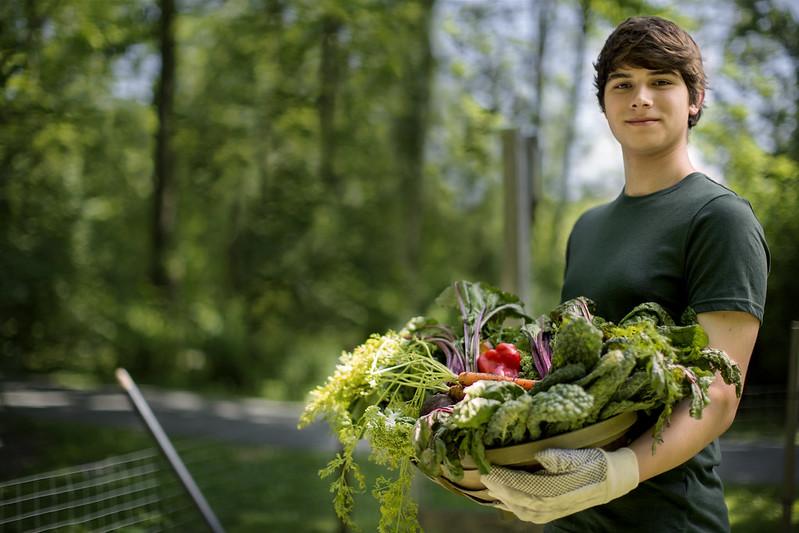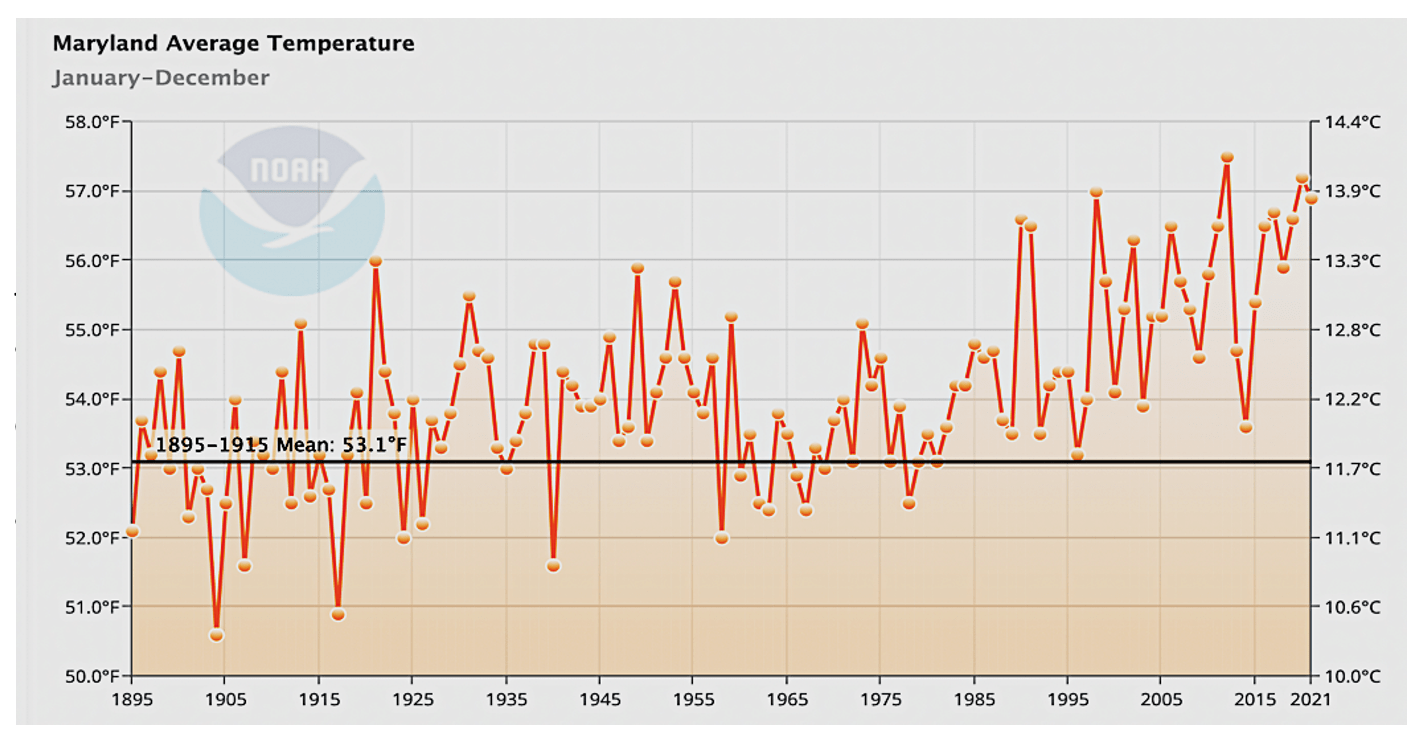
Join us in becoming a climate-friendly gardener! Grow some of your own food, reduce food waste, make compost, and add more biodiversity around your home and neighborhood. All of these actions add up to create more resilient, sustainable landscapes. We're here to help you get started!
What is climate-resilient gardening?
Making our gardens more resilient means improving their ability to adapt to and recover from difficult conditions. Climate change is bringing more variable and extreme weather, flooding, heatwaves, warmer winters, and “false springs.” These changes are happening in Maryland already and have an impact on our gardening environment, plants, wildlife, and human health.
As gardeners, we all can have a positive influence on the green spaces we tend to – whether that’s a yard, a community garden, or a neighborhood tree planting. You can choose practices that mitigate or reduce emissions that contribute to climate change and adapt your garden so that it continues to thrive and be a productive and healthy place of enjoyment as conditions change.
Explore the resources in each category below to learn what you can do to be a climate-friendly gardener!
It's warming. It's us. We're sure. It's bad. We can fix it.
Dr. Kimberly Nicholas Associate Professor of Sustainability Science, Lund University

On Our Blog
Explore examples of climate-resilient gardening on our blog, Maryland Grows.

Watch
Watch free webinars to learn about climate change, its impacts, and the many solutions that are already available. Presented by Dr. Sara Via, University of Maryland Extension.

Tune In
Listen to The Garden Thyme Podcast about climate change and sea level rise, with Dr. Kate McClure from the University of Maryland Sea Grant Extension Program.
Please complete our quick poll and tell us if you are taking steps to adapt your Maryland garden to climate change.

